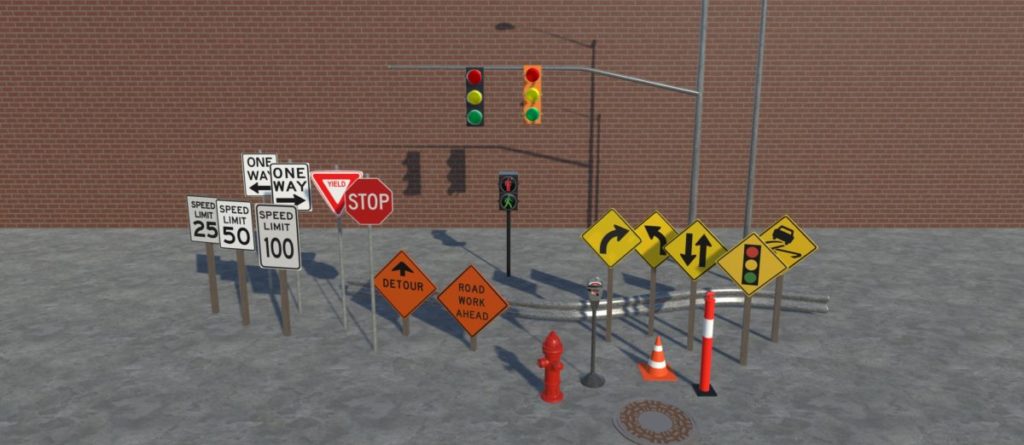The ability to render 3D content as realistically as possible is crucial to the success of a driving simulator, writes Dennis Marcus, commercial manager, automotive and motorsport, at simulator manufacturer Cruden.
After many years developing its own rendering engine for driving simulators, the company switched to the well-known Unity engine two years ago. A number of other engineering simulation tools that require visualization have also switched to commercially available rendering engines or are in the process of doing so.
Unity began as a tool used in the gaming industry to convert a 3D model into a high-quality, 2D visualization for video games. The software is available to run on many different platforms, including PCs and mobile devices.
However, Unity is also becoming a de facto standard in the automotive industry for rendering real-time 3D content. Design departments often use Unity to render the digital models in 3D for use in a projection CAVE and Unity is also used to deliver VR training tools. In car companies including the Volkswagen Group, it is the preferred tool for this type of rendering work.
We had been following Unity’s progress for some time but driving simulators place additional demands on rendering engines, which is why we had continued to use our own – despite Unity’s emergence as a familiar, well-understood tool among our automotive clients. But finally, we decided that development had reached a level where we could run it with the required resolution and frame rates, and we were able to integrate it into our multichannel visual systems to make it available in a driving simulator.
We expect the speed at which Unity will develop in the future to be much higher than what we could achieve with our own rendering engine, so it made sense to make the shift. Our customers benefit from the fact that Unity closely follows what’s happening with new GPUs and computer systems, keeping the rendering engine at the heart of our simulators right up to date and performing at the maximum ability of the available image generation hardware.
Unity has immediately brought improved graphics quality to our simulations. Its physically based rendering (PBR) technology gives different materials a realistic look, based on the prevailing light conditions. Deferred Rendering is another benefit to graphical realism. It takes account not only of the sun as a single light source, but accounts for the light reflected by materials in other directions and of external sources such as car headlamps when driving in poor weather conditions, or at night.
The switch to Unity offers many more opportunities to expand and improve the rendering. Instead of developing from scratch, we can dip into the large pool of plug-in features that are already available in the Unity Asset Store – a kind of App Store for the Unity engine that enables developers to share and monetize their work. We will be able to add leaves that move gently in the wind to our 3D driving sceneries, for example, or animate the roadside crane that our virtual car drives past. Much more is being developed by Unity’s worldwide development community – the sky’s the limit!
There are other advantages, too. The size of the Unity development community makes it easier for both our company and the operators of our simulators to find and hire people who can build 3D content. Tools like VectorZero, which creates road scenarios from different sources for use in driving simulators such as Cruden’s, also create 3D road models to be rendered in Unity.
More generally, the switch to Unity complements our existing, open software architecture, making it even easier for customers to get content from sources other than ourselves. One can buy graphics only, but typically without matching lidar and OpenDRIVE data required for modern day automotive simulation. But 3D content still needs to be right at the source – Unity won’t compensate for the limitations of content that doesn’t strike the correct balance between graphical detail and frame rate. We believe that’s an area in which Cruden excels.
Finally, it’s also worth noting that as a company, we had to tap into our driving simulator development expertise in order to deploy the Unity engine – which drives the signals to the projector – within the simulator’s Panthera control software. In integrating Unity, Cruden engineers had to change it from the typical, single-screen gaming application to a simulator-ready, multichannel visual system suitable for projectors.


